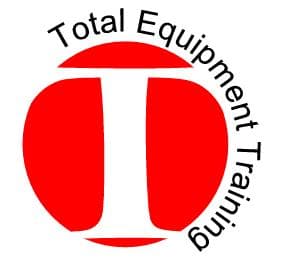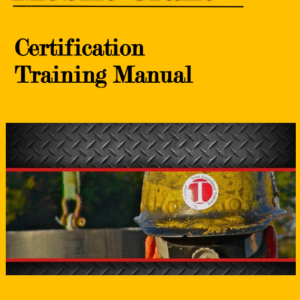Description
Why Get Certified for Structural and Mechanical Lifting Devices?
Importance of Safety and Compliance
Certification ensures that operators and inspectors are trained to handle structural and mechanical lifting devices safely. These devices are often used in critical operations where failure can result in serious injury, property damage, or operational downtime. Certification helps organizations comply with industry regulations, such as OSHA standards, reducing the risk of fines and legal liabilities.
Industries Requiring Certification
Various industries, including construction, manufacturing, oil and gas, shipbuilding, and logistics, rely heavily on certified professionals to operate and inspect lifting devices. These sectors demand high standards of safety and performance, making certification a vital credential for both employers and employees.
Key Benefits for Individuals and Companies
For individuals, certification boosts employability, earning potential, and career advancement opportunities. Companies benefit by fostering a culture of safety, minimizing accidents, and improving operational efficiency. Certification also ensures that lifting equipment is used and maintained correctly, extending its lifespan and reducing maintenance costs.
About the Hooks and Below-the-Hook Lifting Devices Test
Test Objectives
The test evaluates an individual’s knowledge and skills in safely operating, inspecting, and maintaining hooks and below-the-hook lifting devices. It aims to confirm proficiency in recognizing potential hazards, understanding weight limits, and adhering to safety standards.
Certification Standards (e.g., ASME B30.20, OSHA Regulations)
The test is designed to align with recognized industry standards, such as ASME B30.20 (Below-the-Hook Lifting Devices) and OSHA regulations governing material handling equipment. These standards ensure that certified professionals are well-versed in the latest safety protocols and operational guidelines.
Duration and Format
The certification process typically includes a written examination and a hands-on practical evaluation. The written test covers theoretical aspects, while the practical segment assesses real-world skills. The entire process may take several hours, depending on the certifying organization.
Hands-On Practical Evaluation
This component tests an individual’s ability to operate lifting devices in controlled conditions. It includes tasks such as rigging, balancing loads, and identifying equipment faults. Candidates must demonstrate competence in safely executing lifting operations and adhering to procedural guidelines.
Total Equipment Training experts can be scheduled for employee rigger training!
Written Exam Covering Safety, Operation, and Maintenance
The written exam tests knowledge of key topics, including safety protocols, operational techniques, and equipment maintenance practices. Questions may involve scenario-based problem-solving to evaluate the candidate’s decision-making ability under various lifting conditions. Passing this exam is essential to obtaining certification.
Prepare with Total Equipment Training
Our individual rigger practice tests allow you to target your studying and improve your understanding of key concepts.
If you are looking to purchase all of the CCO Rigger practice exams, please consider purchasing the comprehensive Rigger 1 Certification Manual.
If you have any questions about product shipping, returns, or refunds, please visit our policy page. You can also contact our support staff at sales@tet-us.com or call (610) 321-2679.
$4.75Structural and Mechanical Lifting Device – Hooks and Below the Hook Lifting Devices

